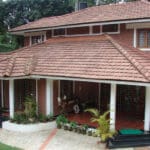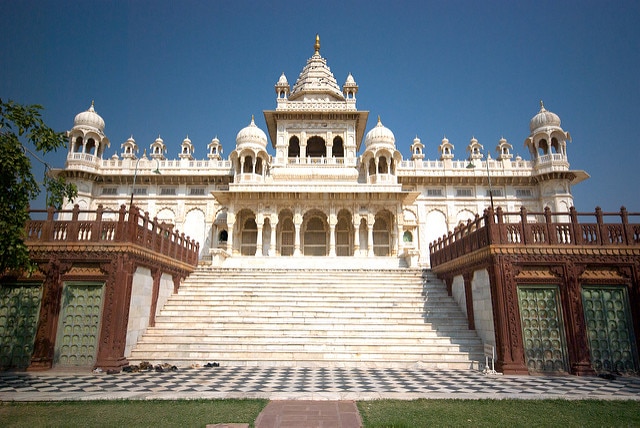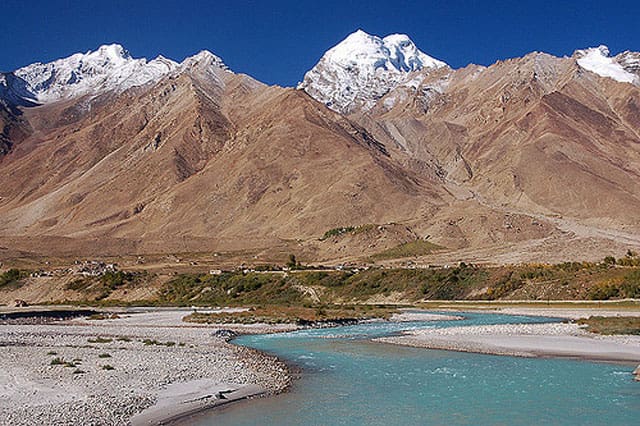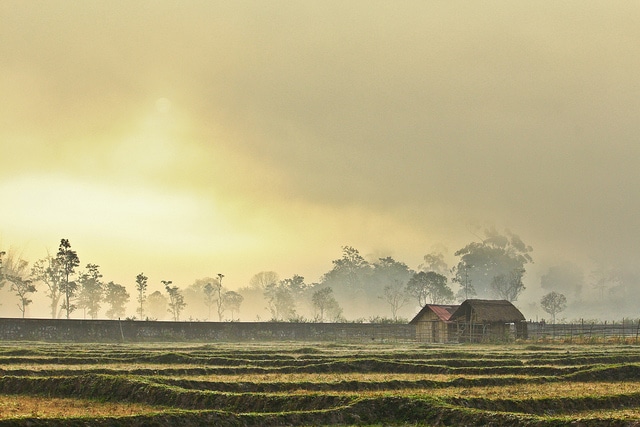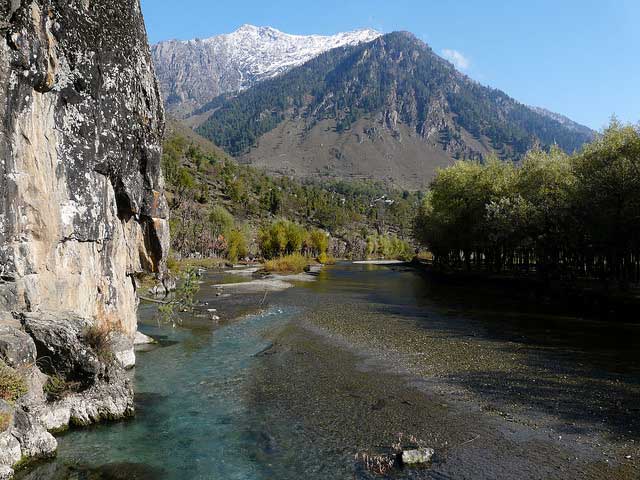Nestled amidst the picturesque landscapes of Assam, Hoollongapar Gibbon Sanctuary stands as a testament to the region’s rich biodiversity and commitment to wildlife conservation. Spanning over 20.98 square kilometers, this sanctuary is a sanctuary for various species of flora and fauna, with a particular emphasis on the preservation of the Western Hoolock Gibbon, India’s only ape species.
Places to Visit in Hoollongapar Gibbon Sanctuary
1. Wildlife Spotting Areas
The sanctuary boasts numerous wildlife spotting areas, each offering unique opportunities to observe the region’s diverse fauna in their natural habitat. From towering trees to dense undergrowth, these areas provide an ideal setting for encounters with various bird species, primates, and other mammals.
2. Interpretation Centre
For a deeper understanding of the sanctuary’s significance and ongoing conservation efforts, visitors can explore the interpretation center. Here, informative exhibits and interactive displays offer insights into the sanctuary’s ecosystem, wildlife behavior, and the challenges faced in preserving this precious natural heritage.
Things to Do
1. Nature Walks
One of the best ways to immerse oneself in the sanctuary’s beauty is by embarking on nature walks along its well-maintained trails. Guided by experienced naturalists, these walks offer opportunities to witness the mesmerizing sights and sounds of the forest, from vibrant birdlife to elusive primates swinging through the canopy.
2. Bird Watching
With over 200 avian species inhabiting the sanctuary, bird watching enthusiasts are in for a treat. From colorful songbirds to majestic raptors, the sanctuary’s diverse birdlife presents endless opportunities for observation and photography, making it a paradise for birding enthusiasts of all levels.
Climatic Conditions and Best Time to Visit
Climatic Conditions
Hoollongapar Gibbon Sanctuary experiences a tropical climate, characterized by hot and humid summers and mild winters. The monsoon season, from June to September, brings heavy rainfall, replenishing the sanctuary’s lush greenery and creating ideal conditions for plant growth and wildlife activity.
Best Time to Visit
While the sanctuary remains open throughout the year, the best time to visit is during the winter months, from November to March. During this time, the weather is pleasantly cool, and wildlife sightings are more frequent, making it an ideal time for exploration and photography.
How to Reach Hoollongapar Gibbon Sanctuary
By Air
The nearest airport to the sanctuary is the Lokpriya Gopinath Bordoloi International Airport in Guwahati, located approximately 26 kilometers away. From the airport, visitors can easily reach the sanctuary by hiring taxis or availing of public transportation services.
By Road
Hoollongapar Gibbon Sanctuary is well-connected by a network of roads, with regular bus services operating from Guwahati and nearby towns. Travelers also have the option of hiring private taxis or rental cars for a more convenient and flexible journey.
History and Conservation Efforts
Established in 1881, Hoollongapar Gibbon Sanctuary holds the distinction of being India’s first Gibbon sanctuary. Since its inception, the sanctuary has been at the forefront of conservation efforts aimed at protecting the Western Hoolock Gibbon and its fragile habitat from various threats, including habitat loss, poaching, and human-wildlife conflict.
Food and Accommodation Options
While the sanctuary itself does not offer food and accommodation facilities, visitors can find a range of options in nearby towns such as Jorhat and Guwahati. From cozy guesthouses to luxurious resorts, there’s something to suit every budget and preference, ensuring a comfortable and memorable stay for travelers.
Accessibility and Accommodation
Accessibility
Hoollongapar Gibbon Sanctuary is accessible to visitors of all ages and abilities, with well-maintained trails and facilities. However, it is advisable to wear comfortable clothing and sturdy footwear, especially for those planning to engage in trekking or nature walks.
Accommodation
Several accommodation options are available in the vicinity of the sanctuary, ranging from budget guesthouses to upscale resorts. Advance booking is recommended, especially during the peak tourist season, to secure your preferred accommodation.
Nearby Hotels and Restaurants
- Hotel Jironi
- Located in Jorhat, Hotel Jironi offers comfortable accommodations and authentic Assamese cuisine, providing a perfect blend of comfort and cultural experience.
- Greenwood Resort
- Situated amidst lush greenery in Guwahati, Greenwood Resort offers a tranquil retreat for nature lovers, with well-appointed rooms and a range of amenities for a relaxing stay.
Tourist Attractions Nearby
1. Kaziranga National Park
Located approximately 115 kilometers from Hoollongapar Gibbon Sanctuary, Kaziranga National Park is a UNESCO World Heritage Site renowned for its population of Indian rhinoceros and diverse wildlife, offering visitors a chance to explore the wonders of Assam’s wilderness.
2. Majuli Island
Explore the cultural and natural treasures of Majuli Island, the world’s largest river island, situated along the majestic Brahmaputra River. From ancient monasteries to scenic landscapes, Majuli Island offers a glimpse into Assam’s rich cultural heritage and natural beauty.
Travel Tips for Visitors
- Carry Binoculars: Binoculars are essential for spotting wildlife, especially birds, during your visit to the sanctuary.
- Stay Hydrated: Keep yourself hydrated, especially during trekking or nature walks, to avoid dehydration and ensure a comfortable experience.
- Respect Wildlife: Maintain a safe distance from animals and refrain from feeding them to ensure their well-being and your safety.
- Follow Trail Guidelines: Stick to designated trails and follow instructions provided by guides or park authorities to minimize environmental impact and preserve the sanctuary’s natural beauty.
- Pack Light: Travel light with essentials such as water, snacks, insect repellent, and sunscreen for a hassle-free and enjoyable experience in the sanctuary.
FAQs (Frequently Asked Questions)
Q: Can I camp inside the sanctuary?
A: No, camping inside the sanctuary premises is not permitted to minimize disturbances to wildlife and ensure visitor safety.
Q: Are guided tours available?
A: Yes, guided tours led by experienced naturalists are available for visitors interested in exploring the sanctuary’s biodiversity and learning about its conservation efforts.
Q: Is photography permitted?
A: Yes, photography for personal use is allowed within the sanctuary. However, commercial photography requires prior permission from the authorities.
Q: Are there any entry fees?
A: Yes, a nominal entry fee is charged for visitors, with separate rates for Indian and foreign nationals, to support the conservation efforts and maintenance of the sanctuary.
Q: Can I bring pets?
A: No, pets are not allowed inside the sanctuary to prevent disturbances to wildlife and maintain the sanctuary’s ecological balance.
Conclusion
Hoollongapar Gibbon Sanctuary stands as a shining example of Assam’s commitment to wildlife conservation and eco-tourism. Whether you’re an avid nature lover, a wildlife enthusiast, or simply seeking solace in the lap of nature, a visit to this sanctuary promises an enriching and unforgettable experience amidst the wonders of Assam’s wilderness.



